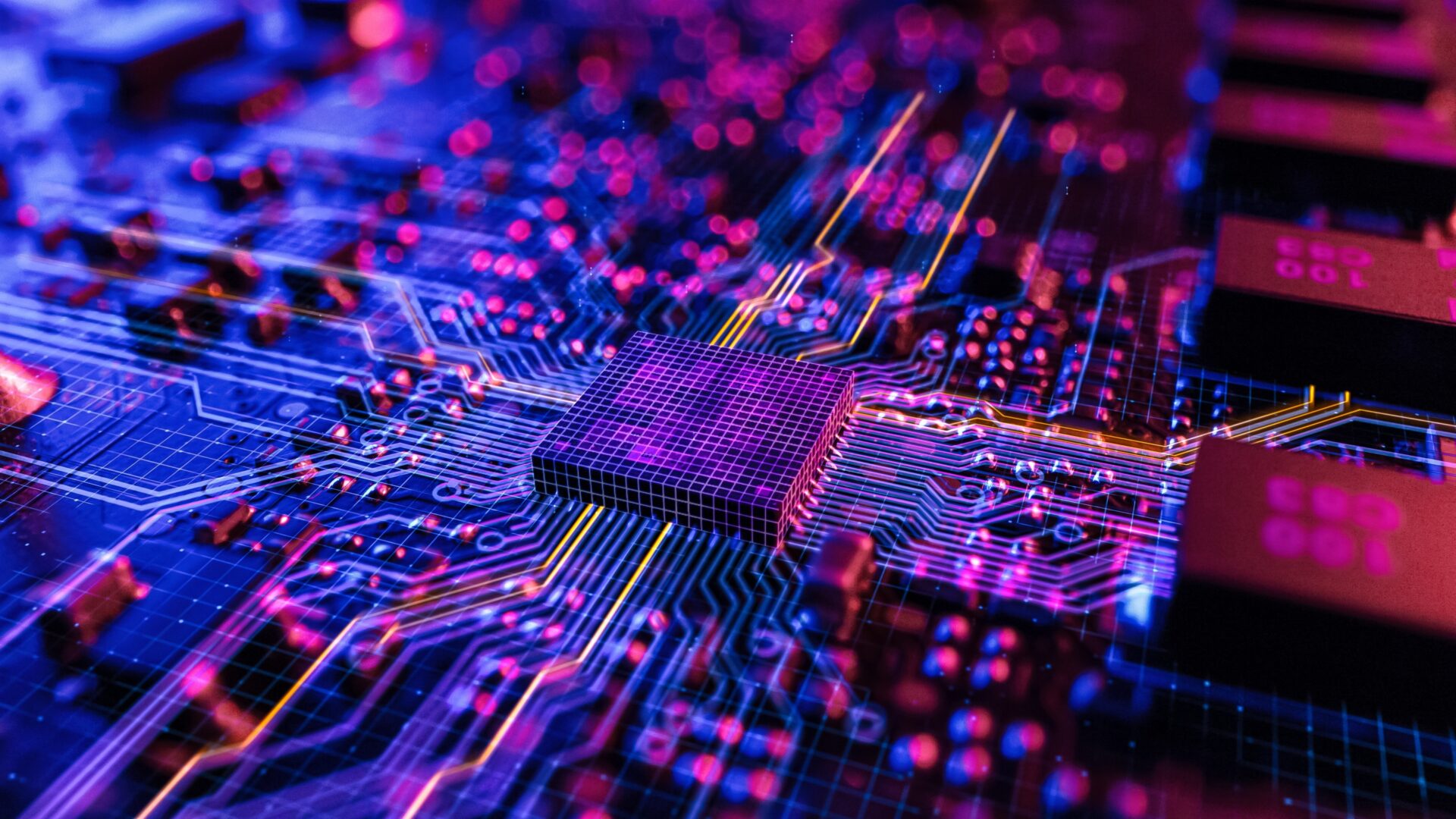In the digital era, where data and its processing are at the heart of technological advancements, data centers have become crucial.
Within these data centers, Graphics Processing Units (GPUs) have emerged as key components, transforming how complex computations are handled.
Let’s dive into GPUs’ multifaceted role and purpose in data centers, offering insights into their growing significance.
As a data center ourselves we also offer GPU colocation if you’re interested.
What Are GPUs in Data Centers?
GPUs, or Graphics Processing Units, were initially designed for rendering graphics in video games, and other high-end graphics applications have found a new purpose in data centers.
In this context, a GPU is a highly specialized electronic circuit designed to rapidly manipulate and alter memory, accelerating the creation and manipulation of images for output.
However, the scope of their application has broadened considerably. In data centers, GPUs are employed for their exceptional ability to perform parallel data processing, making them ideal for a range of tasks, including scientific computations, machine learning algorithms, and processing large-scale data.
Data Center GPUs Vs CPUs
To understand the role of GPUs in data centers, it’s essential to compare them with Central Processing Units (CPUs). CPUs are the traditional heart of a computer, designed to handle a wide range of tasks.
They excel in sequential processing and can efficiently execute a series of complex instructions. GPUs, on the other hand, are designed to handle multiple tasks simultaneously.
Their architecture allows them to perform thousands of smaller, independent tasks concurrently, which is why they’re ideal for tasks that can be parallelized, such as rendering images or processing large data sets.
This fundamental difference in design and functionality makes GPU-equipped data centers particularly effective for specific types of computations that are not as efficiently handled by CPUs.
This includes applications in AI, machine learning, big data analytics, and large-scale simulations.
Why Should You Use GPUs in Data Centers?
Using GPUs in data centers offers several significant advantages, especially for tasks that require high levels of parallel processing power.
Here are some key reasons why GPUs are beneficial in data center environments:
Accelerated Processing for Complex Computations
GPUs are designed to handle parallel tasks efficiently, making them ideal for complex computations in fields like machine learning, deep learning, and big data analytics.
They can process multiple computations simultaneously, significantly speeding up data processing and analysis.
Enhanced Performance for AI and Machine Learning
GPUs are particularly well-suited for the matrix and vector calculations that are common in AI and machine learning algorithms. This makes them essential for training and running sophisticated neural networks and other AI models.
Energy Efficiency
While offering high computational power, GPUs are also more energy-efficient compared to traditional CPUs for specific tasks. This efficiency can lead to reduced operational costs in data centers, which often consume a lot of power.
Scalability and Flexibility
Modern GPUs are highly scalable, allowing data centers to increase their computational capacity as needed. They can be used in parallel with other GPUs or in conjunction with CPUs, offering flexibility in how computational resources are allocated and used.
Support for High-Performance Computing (HPC)
For tasks that require high-performance computing, such as scientific simulations and data analysis at scale, GPUs offer the necessary power to handle large datasets and complex calculations.
Can AI Play a Role in GPU Data Centers?
Artificial Intelligence (AI) and machine learning (ML) are among the most significant beneficiaries of GPU-equipped data centers.
The training of AI models, particularly deep learning models, requires immense computational power, ideally suited to the parallel processing capabilities of GPUs.
By providing the necessary computational resources, GPUs enable faster development and deployment of AI models, enhancing the capabilities and efficiency of AI applications across various sectors, from healthcare to finance.
How to Implement GPUs in Data Centers
Implementing GPUs in data centers requires careful planning and consideration. The process generally involves:
- Understand the specific requirements of your applications to determine the type and quantity of GPUs needed.
- Ensure that your data center can support GPUs in terms of power, cooling, and space.
- Invest in the right software for managing and optimizing GPU performance.
- Ensure you have or can acquire the talent to manage and maintain a GPU-enabled data center.
Future of GPUs in Data Centers
The role of GPUs in data centers is set to expand further. As data becomes more complex and voluminous, the demand for rapid, efficient processing will continue to grow. GPUs are at the forefront of meeting this demand, offering unparalleled capabilities in handling parallel processing tasks.
In the realm of AI and machine learning, GPUs will continue to play a pivotal role. They enable faster training of more sophisticated models, which is crucial for advancing AI technologies.
Furthermore, as technologies such as virtual reality (VR), augmented reality (AR), and the Internet of Things (IoT) mature, the reliance on GPU-powered data centers is expected to increase.
The environmental impact of data centers is another area where GPUs can make a significant difference. Compared to traditional CPU-based systems, their energy efficiency makes them a more sustainable option for large-scale data processing.
This is increasingly important as the global focus shifts towards reducing carbon footprints and promoting sustainable practices in technology.
Get Advice on GPUs in Data Centers
Professional advice is invaluable for organizations considering the integration of GPUs into their data centers.
Data center experts can provide insights into the most appropriate GPU models, configurations, and best practices for your specific needs. They can also offer installation, maintenance, and optimization guidance to ensure your data center operates efficiently.
Contact us for more information on GPUs in data centers or see here for GPU colocation.
Looking for GPU colocation?
Deploy reliable, high-density racks quickly & remotely in our data center
Lease the most reliable GPUs
Our partners have B200s and L40s in stock, ready for you to lease today







